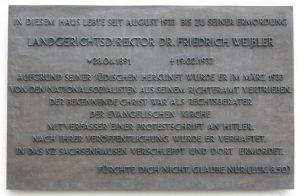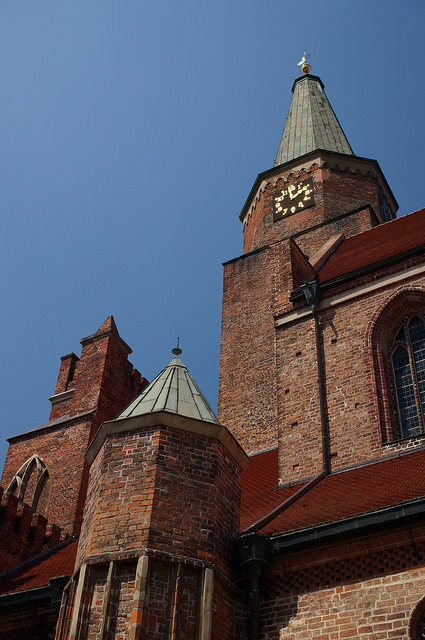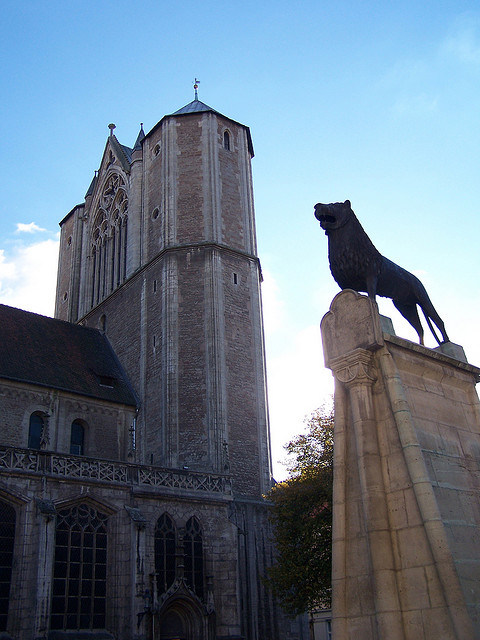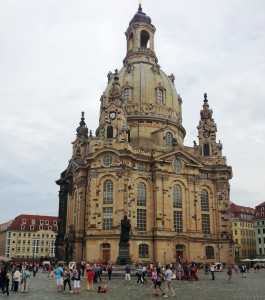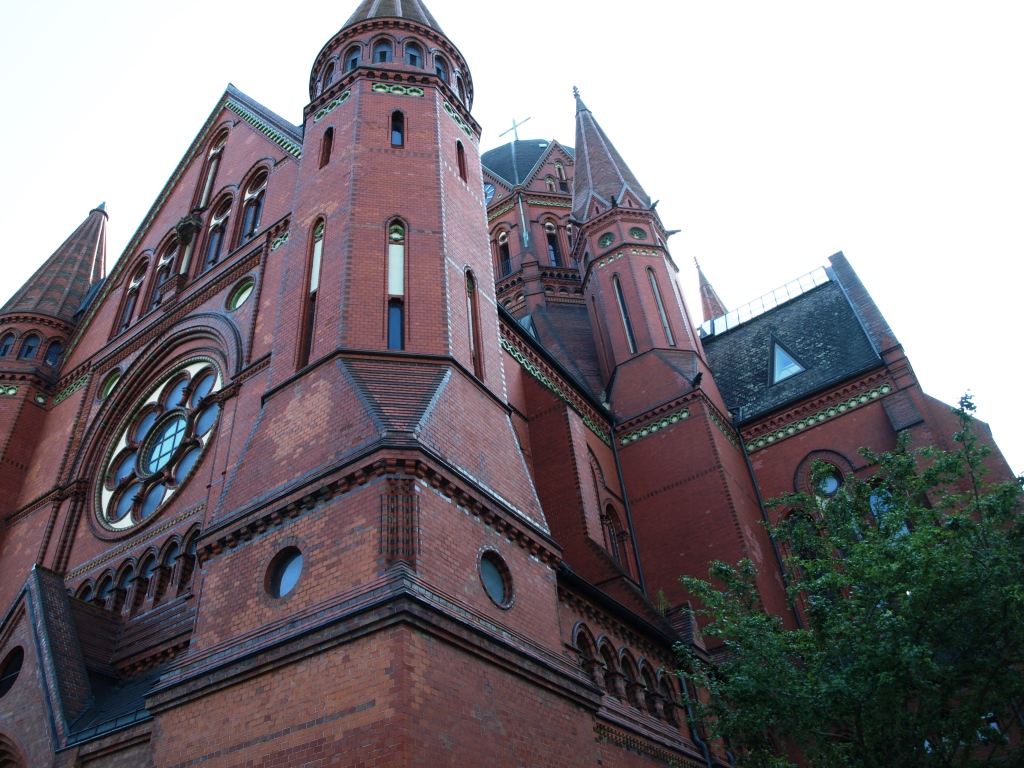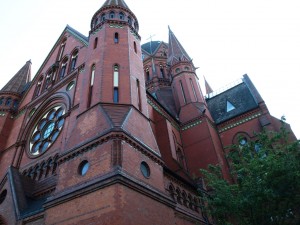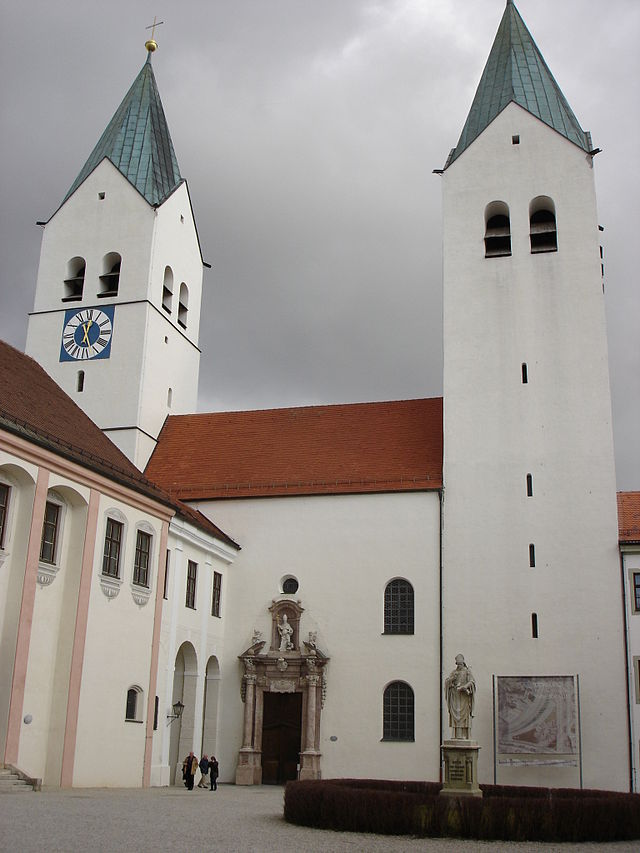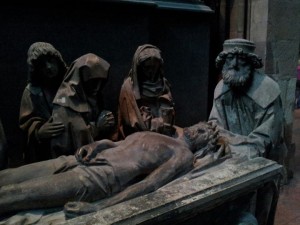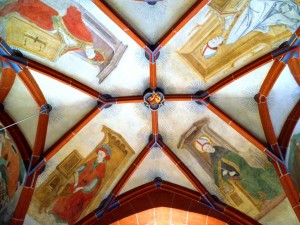Contemporary Church History Quarterly
Volume 22, Number 1 (March 2016)
Letter from the Editors (March 2016)
By Kyle Jantzen, Ambrose University
Greetings friends,
As Lent will soon give way to Easter, it is our pleasure to publish once again a new issue of Contemporary Church History Quarterly, with short articles, book reviews, and notes on the contemporary history of German and European religious history. In this edition of the journal, we see the full spectrum of response by Christians to the moral challenge of National Socialism.
Hartmut Ludwig of Humboldt University in Berlin has contributed a copy of a public lecture he gave recently at the Topography of Terror in Berlin, and which John S. Conway has kindly translated. It describes the work of Pastor Heinrich Grüber of Berlin, who partnered with a good number of Christians (many of Jewish descent) to care for the persecuted Jews of Germany. At great risk to themselves, they established a relief agency that facilitated the emigration of close to 2000 Jews from Germany between 1938 and 1940.
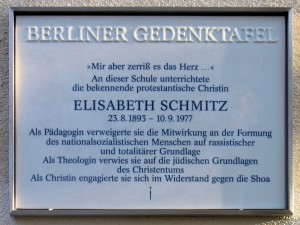
Berlin memorial plaque to Elizabeth Schmitz. Von OTFW, Berlin – Eigenes Werk, CC BY-SA 3.0, https://commons.wikimedia.org/w/index.php?curid=17086962
Accompanying the Ludwig lecture is a review of Mit Herz und Verstand—Protestantische Frauen im Widerstand gegen die NS-Rassenpolitik, an edited volume by Manfred Gailus and Clemens Vollnhals. Victoria Barnett of the U.S. Holocaust Memorial Museum reviews this book, which assesses the determined efforts of a group of Protestant women to resist Nazi racial policies. The contributors highlight an impressive list of resisters, many of whom took action when the men in power around them refused: Agnes and Elisabet von Harnack, Elisabeth Abegg, Elisabeth Schmitz, Elisabeth Schiemann, Margarete Meusel, Katharina Staritz, Agnes Wendland and her daughters Ruth and Angelika, Helene Jacobs, Sophie Benfey-Kunert, Elisabeth von Thadden, and Ina Gschlössl.
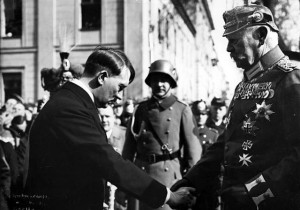
Chancellor Adolf Hitler and Reich President Paul von Hindenburg at the Garrison Church, Potsdam, March 21, 1933. By Bundesarchiv, Bild 183-S38324 / CC-BY-SA 3.0, CC BY-SA 3.0 de, https://commons.wikimedia.org/w/index.php?curid=5369386
On the other end of the spectrum, Kyle Jantzen reviews another edited volume by Manfred Gailus, Täter und Komplizen in Theologie und Kirchen 1933-1945. Gailus and other scholars explain the ways in which individuals and groups of theologians, church leaders, and clergy who voluntarily accommodated themselves to the ecclesiastical and racial policies of the Third Reich, in many cases becoming participants in the perpetration of great evil. Various chapters focus on the Day of Potsdam, the German Christian Movement, Gerhard Kittel, “Brown Priests,” Hanns Kerrl and Hermann Muhs, Walter Grundmann, Karl Themel, and Erich Seeberg.
Other contributions round out the volume, including a book review on the Church of England in the First World War, two conference reports (each covering a good number of sessions and papers), and a call for papers for the journal Studies in Christian-Jewish Relations.
We hope you enjoy this issue. Please feel free to comment on anything you read, either out of appreciation or a desire for debate.
With best wishes, on behalf of all the editors,
Kyle Jantzen, Ambrose University



